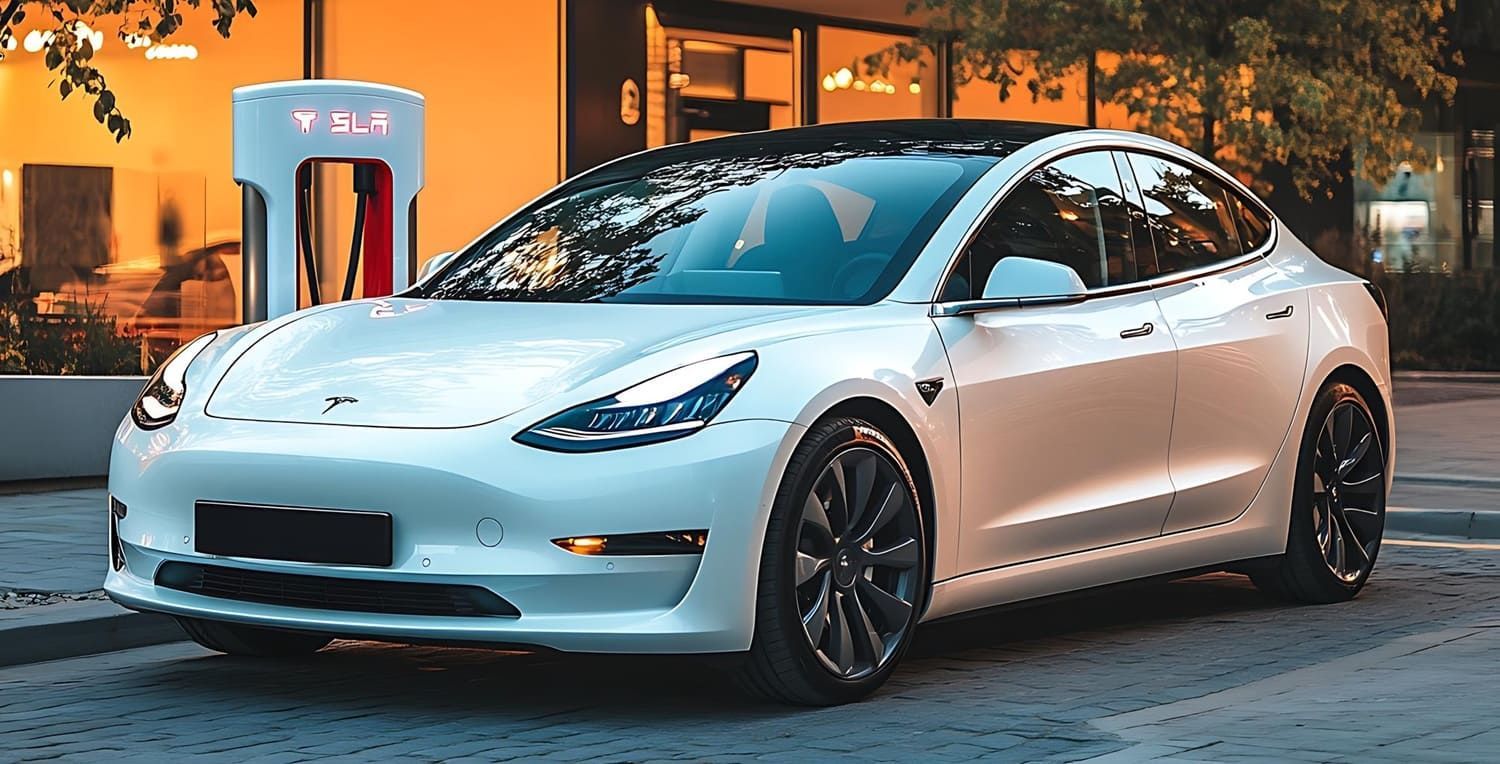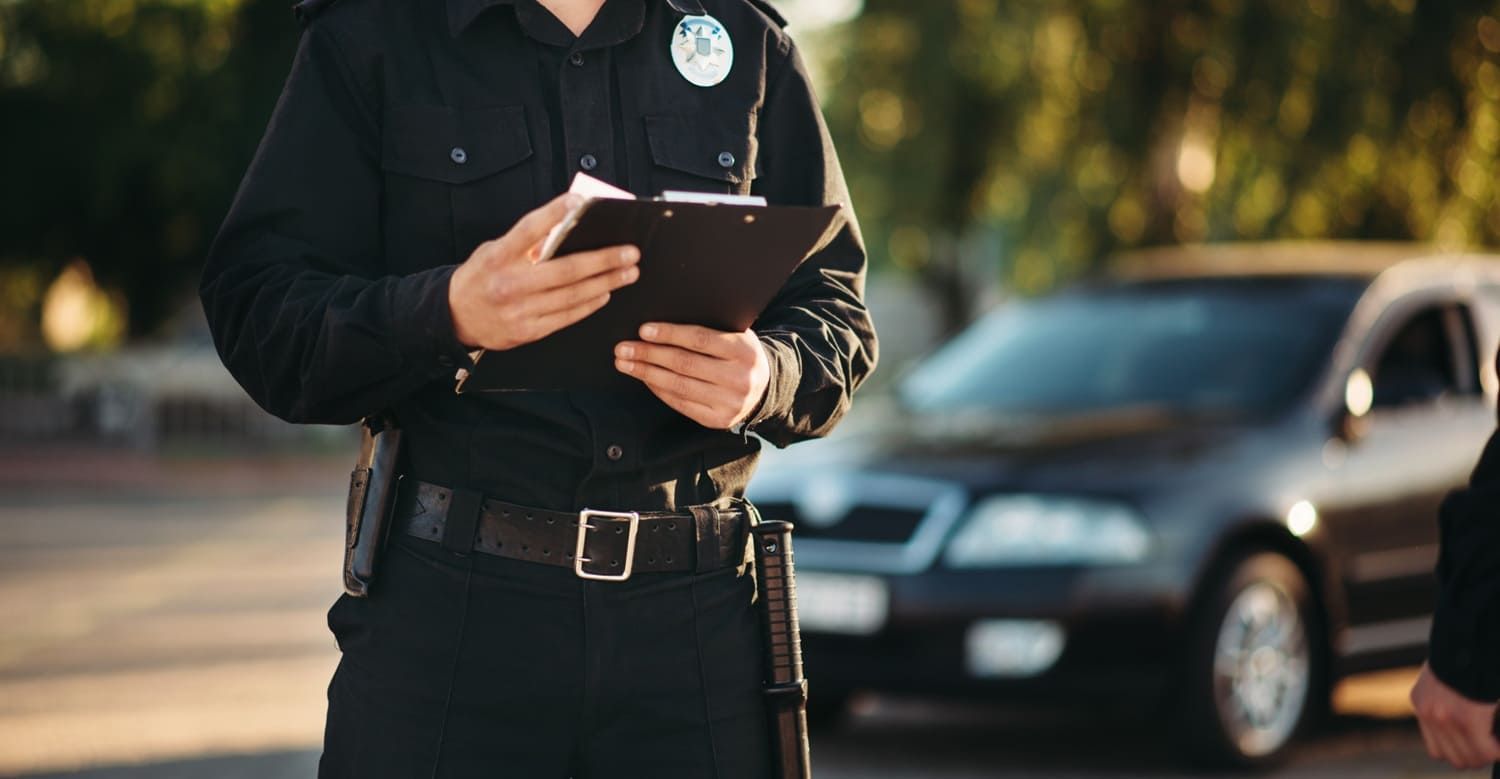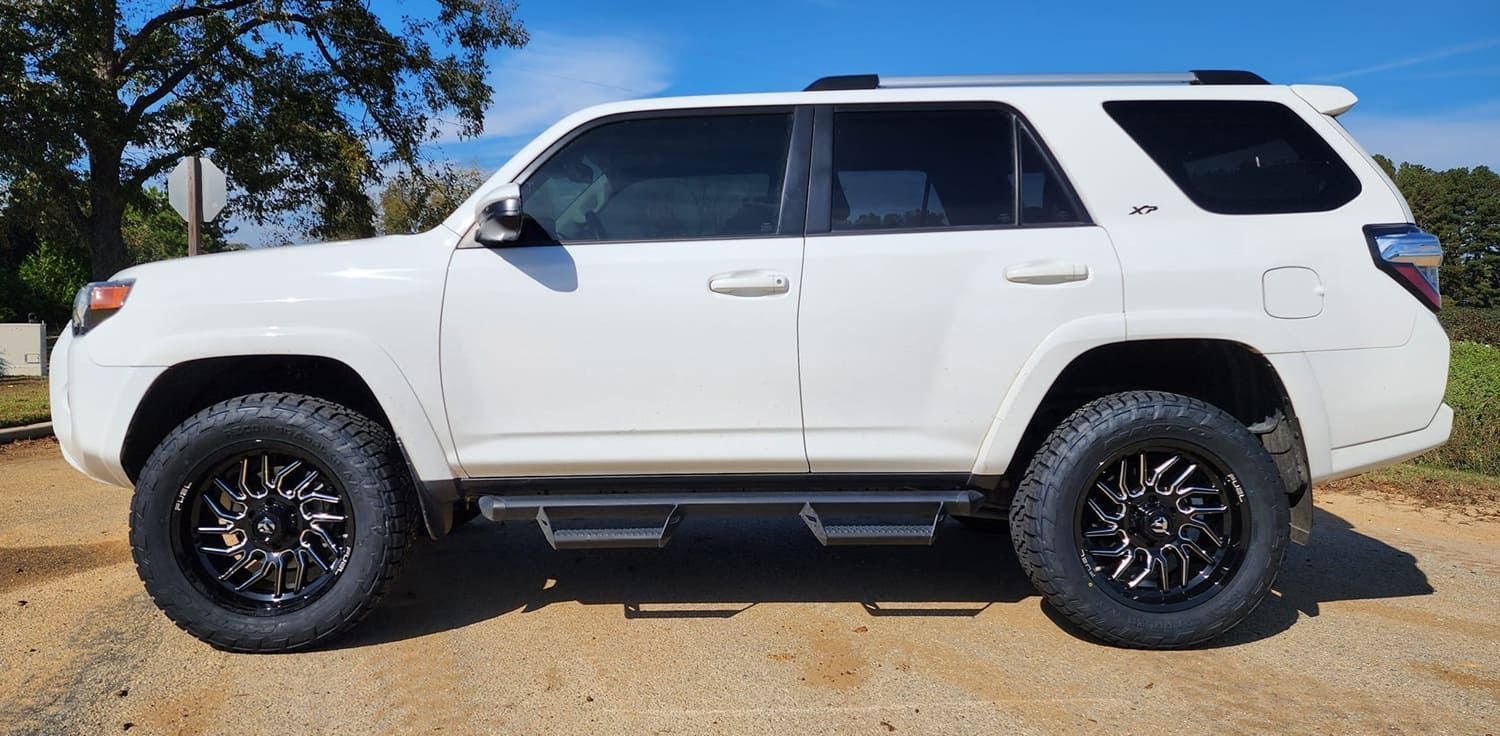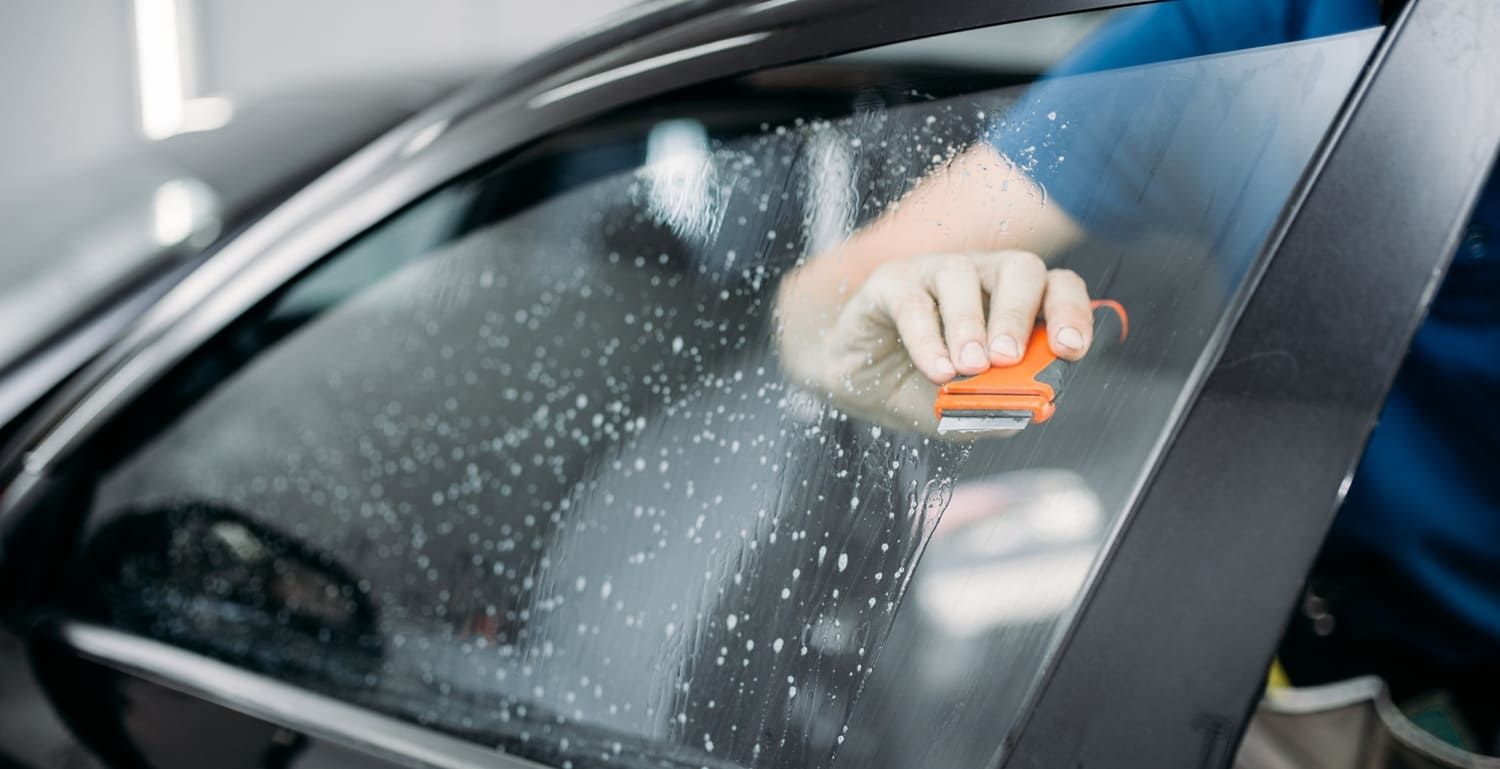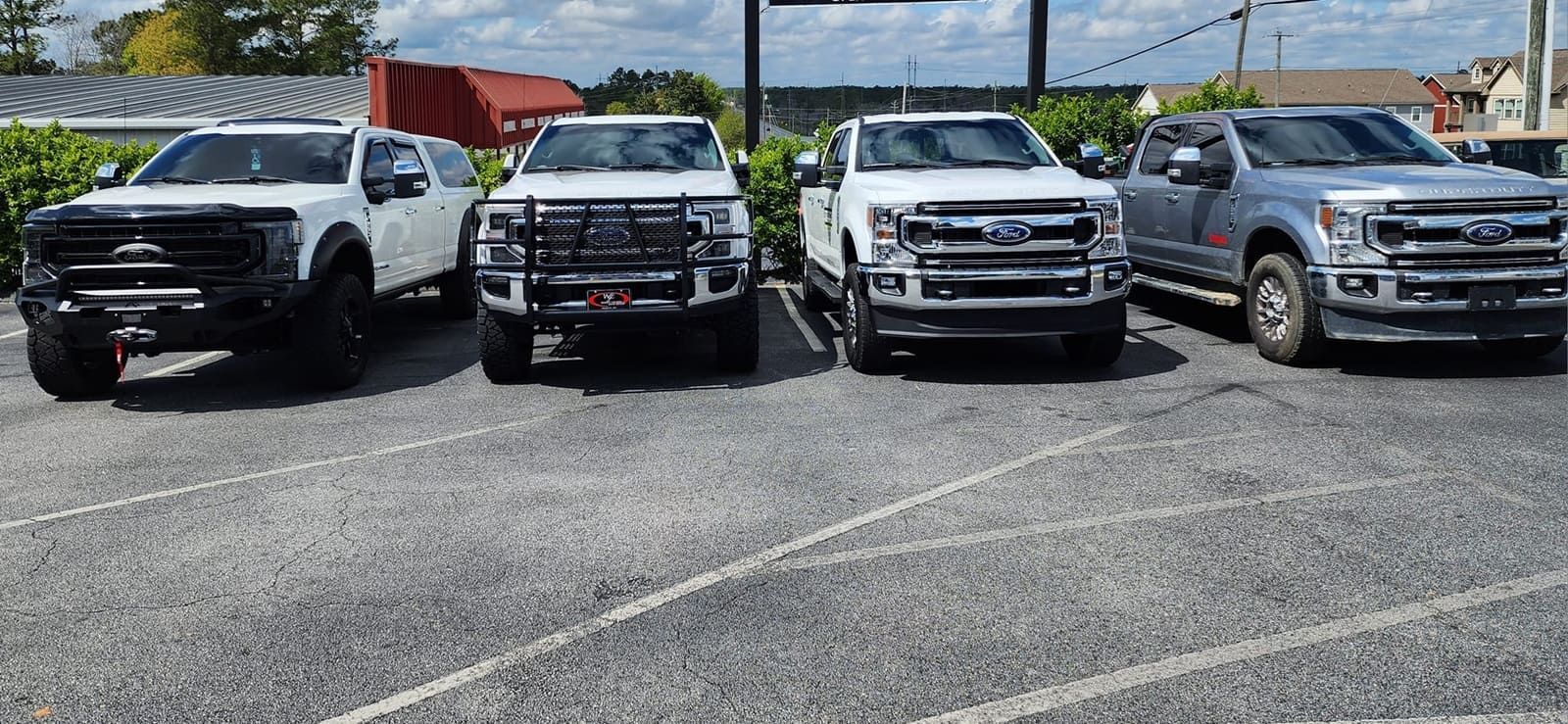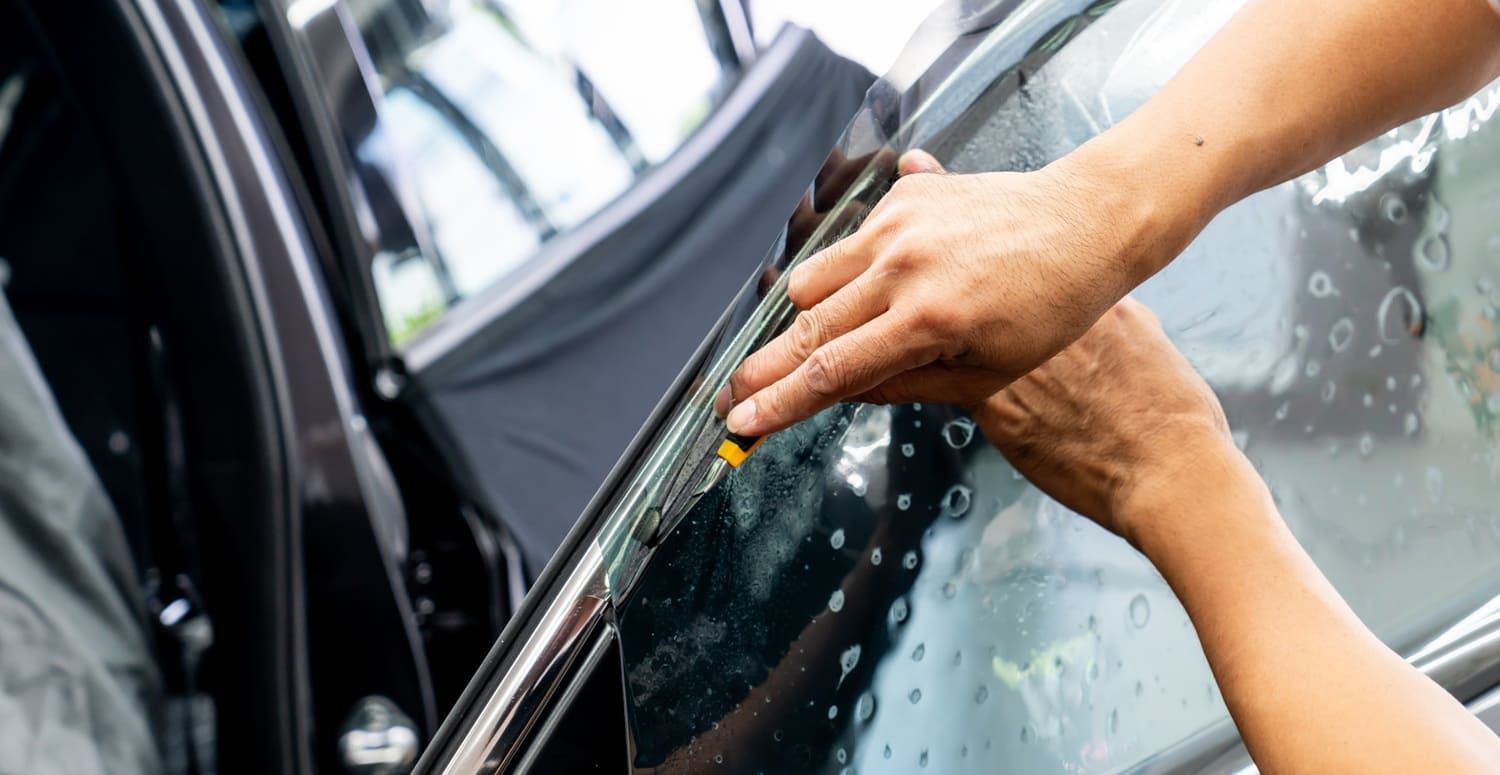Is Car Window Tinting Legal in Your State?
Automotive tint laws are regulations set by each state to control the allowable darkness and reflectiveness of window tint on vehicles. These laws are designed to ensure driver visibility and road safety. The main factors that determine the legality of window tint include the Visible Light Transmission (VLT) percentage and the reflectivity of the tint. Beyond safety, these laws also consider the needs of law enforcement officers to see inside vehicles during traffic stops, balancing privacy with public safety concerns.
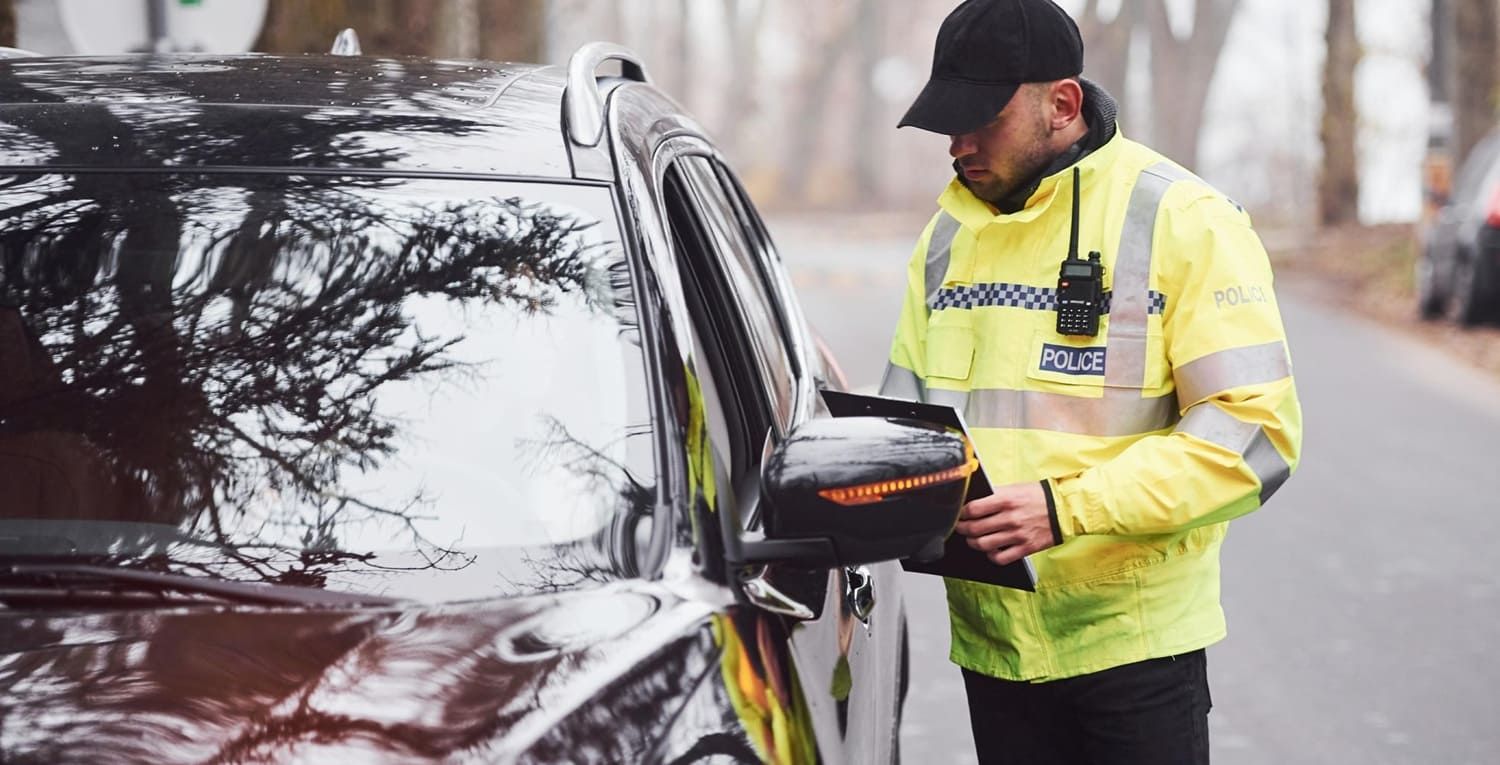
Visible Light Transmission (VLT)
VLT refers to the amount of visible light that can pass through the window. It's expressed as a percentage. For instance, a 70% VLT means that 70% of visible light can penetrate the window tint, while 30% is blocked. The lower the VLT percentage, the darker the tint. States regulate the minimum VLT percentage allowed for different windows on a vehicle. These regulations can differ between passenger cars and multipurpose vehicles, reflecting varying safety and privacy concerns.
VLT percentages are carefully considered to avoid impairing a driver’s ability to see at night or in low-light conditions. This is crucial for preventing accidents caused by limited visibility. Additionally, darker tints can impede law enforcement's ability to see inside the car, which can be a safety concern during traffic stops. Therefore, understanding the VLT percentage that is permissible in your state is a fundamental step before applying window tint to your vehicle.
Reflectivity
Some states also regulate how reflective the tint can be. Reflective tints are designed to reduce glare and heat by reflecting sunlight away from the vehicle. However, excessive reflectivity can be distracting to other drivers and is often restricted. Reflectivity laws are intended to prevent the creation of a mirror-like surface that could potentially blind other drivers.
Reflective tints can also be aesthetically appealing, offering a sleek, metallic look that some car owners desire. However, while these tints can enhance style and provide additional solar heat rejection, they must be within the legal reflectivity limits set by your state. Understanding the balance between functionality and legal compliance is key to selecting the right tint for your vehicle.
General Window Tint Regulations
While each state has its own specific laws, there are some general guidelines that most states follow. These guidelines are typically based on safety concerns and the need for law enforcement to have clear visibility into vehicles. Adhering to these general principles can help ensure that your tinting is likely to be compliant across different jurisdictions.
- Windshield: Most states allow a non-reflective tint on the top few inches of the windshield (often referred to as the "AS-1 line"). This helps reduce glare from the sun without significantly impacting visibility. The AS-1 line is usually marked on the windshield to guide where tinting is permissible.
- Front Side Windows: These typically have stricter VLT requirements to ensure that law enforcement can see inside the vehicle. The ability to see into the vehicle is crucial for safety during traffic stops and for the driver's visibility. Stricter regulations on front windows are common because they play a critical role in ensuring the driver's line of sight is not obstructed.
- Back Side Windows and Rear Window: These often allow for darker tints compared to front windows, but the specific VLT percentage can vary by state. This is because these windows are less critical to the driver’s direct line of sight. However, darker tints can still affect rear visibility, especially at night, so it’s important to consider how dark is too dark for safe driving conditions.
State-Specific Tinting Laws
Let's take a closer look at some state-specific regulations to give you a clearer picture. Understanding these laws can save you from costly fines and the hassle of removing non-compliant tint.
Georgia Window Tinting Laws
In Georgia, the window tint laws are quite specific and are designed to balance privacy and safety:
- Windshield: A non-reflective tint is allowed on the top 6 inches. This is intended to minimize glare while maintaining a clear view of the road ahead.
- Front Side Windows: Must allow more than 32% of light in. This ensures that law enforcement can see inside the vehicle, which is important for safety.
- Back Side Windows and Rear Window: Must also allow more than 32% of light in. This uniformity simplifies the regulations and ensures that visibility is consistent across all windows.
It's important to note that Georgia also restricts the reflectivity of the tint to no more than 20%. This reflects a concern for other drivers on the road who might be affected by glare from highly reflective surfaces.
California Window Tinting Laws
California has its own set of regulations that reflect its climate and law enforcement needs:
- Windshield: Tinting is only allowed on the top 4 inches. This is more restrictive than in some states, reflecting California's emphasis on safety and visibility.
- Front Side Windows: Must have a VLT of 70% or more. This high percentage ensures maximum visibility and safety.
- Back Side Windows and Rear Window: Can be tinted to any darkness. This allows for more privacy and protection from the sun for passengers and belongings.
California also requires dual side mirrors if the rear window is tinted. This compensates for any loss of visibility due to the rear window tint, ensuring that drivers can still see their surroundings clearly.
Texas Window Tinting Laws
In Texas, the laws are as follows, reflecting the state's balance between functionality and safety:
- Windshield: A strip of non-reflective tint is allowed on the top 5 inches. This helps reduce glare without obstructing the driver's view.
- Front Side Windows: Must allow more than 25% of light in. This strikes a balance between privacy and visibility.
- Back Side Windows and Rear Window: Can be tinted to any darkness. This provides flexibility for vehicle owners while maintaining safety on the front windows.
Reflectivity is restricted to a maximum of 25% for both the front and back windows. This limitation helps prevent glare that could distract other drivers.
New York Window Tinting Laws
New York's tinting laws include strict regulations to ensure visibility and safety:
- Windshield: Non-reflective tint is allowed on the top 6 inches. This is intended to provide some sun protection without impeding visibility.
- Front Side Windows: Must allow more than 70% of light in. This high VLT requirement ensures that drivers have a clear view and that law enforcement can see inside the vehicle.
- Back Side Windows and Rear Window: Must allow more than 70% of light in. This uniformity reflects New York's emphasis on safety and visibility.
New York does not allow reflective tints, aligning with its focus on preventing distractions for other drivers and ensuring that vehicle interiors are visible during traffic stops.
Exemptions and Special Considerations
In some states, there are exemptions for medical reasons. If you have a medical condition that requires additional protection from sunlight, you might be eligible for a special permit allowing darker tints. These exemptions typically require a valid medical certificate and approval from the state's motor vehicle department, ensuring that the needs of individuals with medical conditions are balanced with public safety concerns.
Additionally, vehicles such as limousines and certain government vehicles may have different regulations. These exceptions recognize the unique needs of these vehicles, such as privacy for passengers or security for sensitive operations. However, even for these vehicles, the regulations must be carefully followed to avoid legal issues.
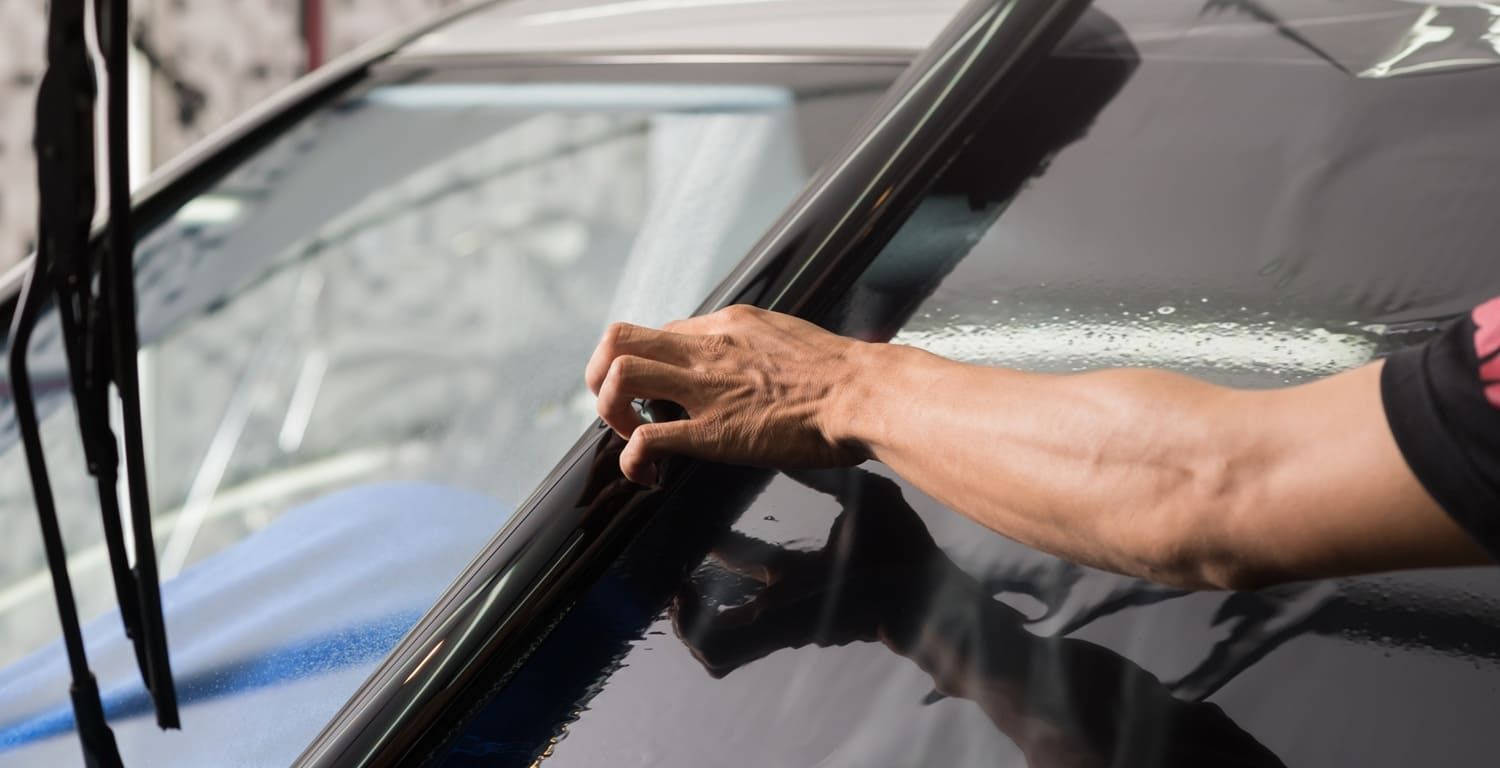
Consequences of Non-Compliance
Failing to comply with state window tint regulations can lead to several consequences that affect both your wallet and your convenience:
- Fines: Most states impose fines for illegal window tinting, which can increase with repeated offenses. These fines can accumulate quickly, making it financially burdensome to ignore tinting laws.
- Mandatory Removal: You may be required to remove the tint to comply with legal standards. This can be an inconvenient and costly process, especially if the tint has been professionally applied.
- Vehicle Inspection Issues: Non-compliant tinting can lead to failing vehicle inspections in some states. This can prevent you from legally driving your vehicle until the issue is resolved, disrupting your daily routine.
How to Ensure Compliance
To ensure your car window tinting is legal, taking proactive steps can save you from future hassles:
- Research Your State's Laws: Check your state's Department of Motor Vehicles (DMV) website for the most up-to-date regulations. Staying informed is the first step to avoiding legal trouble.
- Consult a Professional: A professional window tinting service will be familiar with local laws and can ensure your tint meets legal standards. Professionals can also advise on the best products that provide the benefits you seek while remaining compliant.
- Keep Documentation: If you have a medical exemption, keep the documentation in your vehicle for reference during traffic stops. This can prevent misunderstandings and ensure that you can quickly verify your compliance with law enforcement.
Conclusion
Car window tinting offers numerous benefits, from reducing glare and heat to enhancing privacy and aesthetic appeal. However, it's essential to stay informed about the legal regulations in your state to avoid penalties. By understanding automotive tint laws, you can enjoy the advantages of window tinting while staying compliant with the law.
At X-Treem Automotive & Tinting, we specialize in providing high-quality window tinting services in Statesboro, GA, ensuring that your vehicle is both stylish and legal.
Always check the latest state-specific regulations and consult with professionals to ensure your vehicle's tinting is within legal limits. Staying informed and compliant not only protects you legally but also ensures that your driving experience remains safe and enjoyable.
Contact X-Treem Automotive & Tinting today for a free estimate, and let us help you achieve the perfect window tint for your vehicle!


